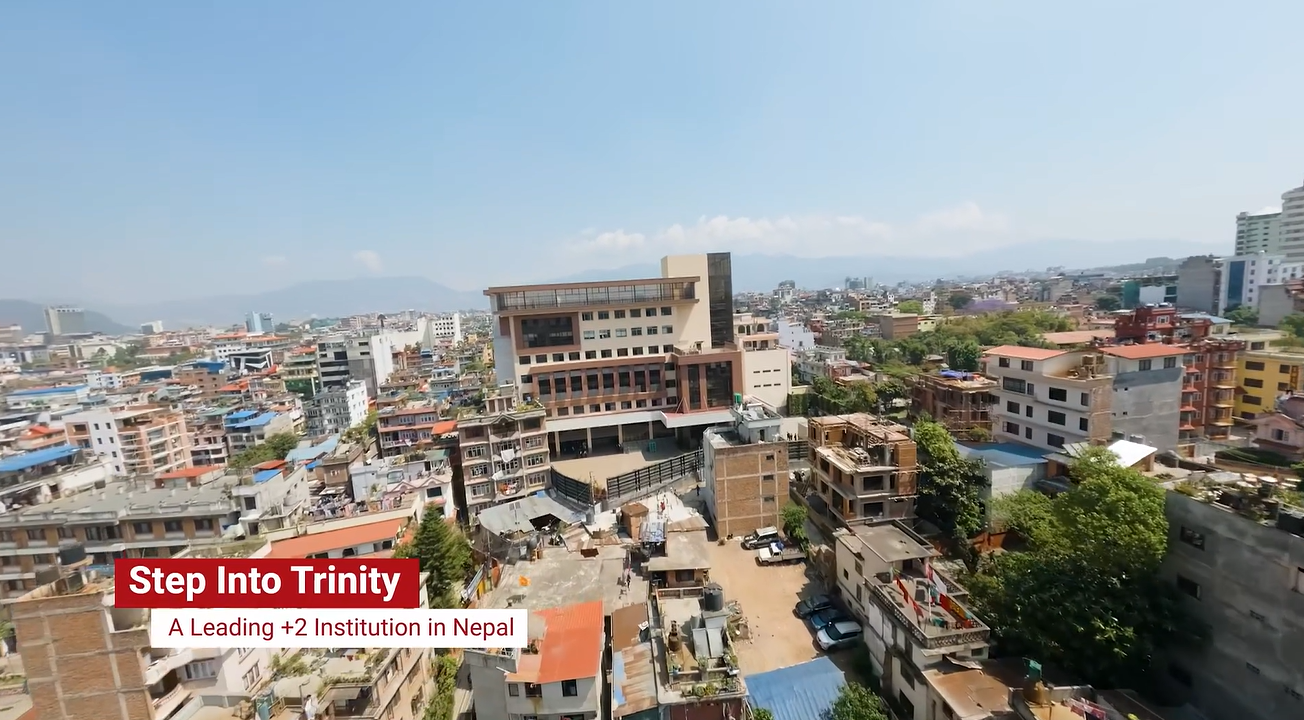Trinity International College, a leading higher education institution in Nepal, has transformed its campus operations by adopting AIoT (AI-powered Internet of Things) technologies. The college, which serves over 25,000 students, has modernized its approach to both education and administration, creating a more efficient and engaging learning environment.
Trinity International College offers higher secondary programs like Cambridge A Levels, Nepal’s two-year higher secondary education program, NEB +2, and various undergraduate degrees. With a stated mission to ‘be a leading college for academic excellent that will be the first choice of students in Nepal’, Trinity wanted to better prepare students for competitive careers. For the teachers, that meant enhancing their teaching methods and creating more interactive learning experiences. They were particularly interested in tools that would allow them to incorporate visual content, interactive exercises, and collaborative activities into daily lessons.
The institution also sought to modernize its approach to attendance and campus access management. Traditional paper-based systems were time-consuming and required significant faculty involvement. Teachers spent valuable classroom time collecting attendance, while administrators struggled to obtain timely information about student participation patterns.
Trinity's leadership envisioned creating a data-driven campus environment where AIoT technologies would support both enhanced educational delivery and strategic decision-making. They wanted a smart ecosystem that would maintain the college's reputation for academic excellence which would also improve operational efficiency for serving such a large student population.
Transforming classroom experience with interactive learning
In create more interactive learning experiences, Trinity has worked with system integrator National Computer World to install 77 86-inch 4K Interactive Displays (DS-D5C86RB/B) across the academic areas. Designed to replace traditional blackboards and projectors, these intelligent screens enable teachers to present multimedia content, provide real-time annotations, and facilitate interactive group activities that engage students more effectively. The dual Android and Windows operating systems enable educators to run multiple teaching apps simultaneously, making complex concepts easier to understand.
